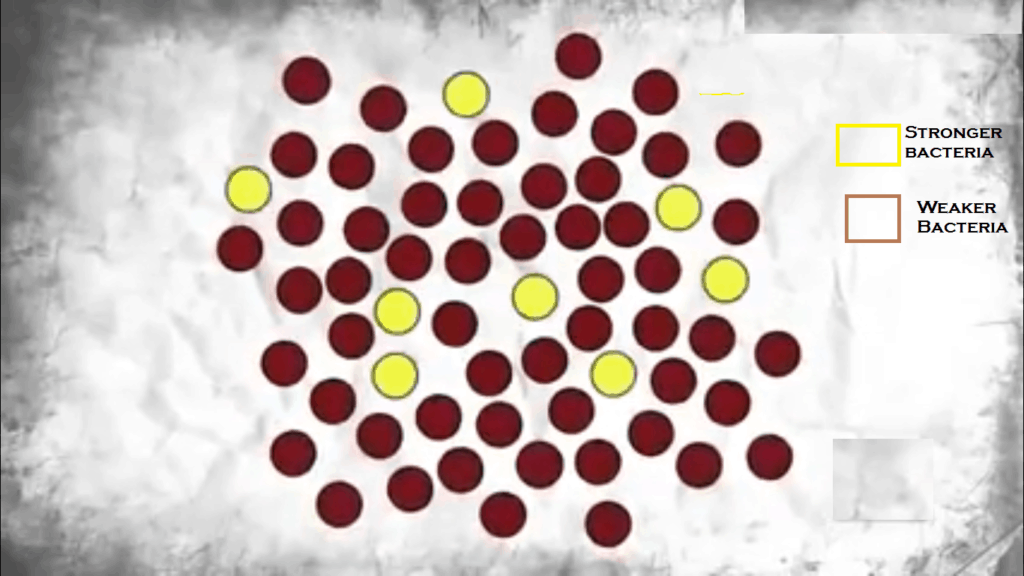What are Superbugs?
A superbug is any kind of disease organism fungus a virus bacteria that has got the ability to defend itself against lots of antibiotics. Not just one
or two antibiotics but a number of antibiotics. So that if it’s not actually incurable it’s pretty close. It’s really a problem and one of the newest candidates for superbugs status is gonorrhea. You heard me gonorrhea is swiftly developing drug resistance. At this point, there’s really only one antibiotic left on the market that works reliably to clear the infection. An injectable drug.
We recently spoke with mayor and McKenna author of superbug and beating back the devil to learn more. Earlier, For CDC who in the United States kind responsible to generate guidelines, approve treatments for various disease and keep a track of antibiotic resistance. They basically threw up their hands and suggested to only use a sought after or rather only left injectable for the treatment of gonorrhea. But what they were saying when they said that was listening guys there’s really just one drug left that’s all we’ve got. That’s all we’ve got.
Why should we worry about Gonorrhea?
Gonorrhea is among the most common disease in the US with 10.5% of gonorrhea cases were reported from STD clinics, 75.4% were reported from venues outside of STD clinics, and 14.0% had an unknown source of report. During 2007–2016, the percent of gonorrhea cases reported by STD clinics declined 64.8% among males and 59.3% among females.
Save $10 on STD testing now !! click here
How Gonorrhea bacteria develop antibiotic resistance?

In simple words, Bacteria produce a new generation every 20 minutes and every time they reproduce, which is they copy themselves that make little
copying errors. So when those little copying changes make the bacteria stronger as opposed to weaker. Then that means they are better able to defend themselves against those compounds antibiotics.
So what happens is if you’ve got an infection?
Some of the bacteria in your body are more protected than others when you take antibiotics.What happens is the weak die and the
strong survive and this is exactly what’s happening with gonorrhea.
So how did it get to this point?
The whole issue with antibiotic resistance and why it hasn’t become more of a public health priority is because there’s always been
more drugs.It’s just in the past decade or so that the pharma companies have all started to say you know what? there’s not gonna be more drugs because we’ve figured out that antibiotics aren’t really a cost-effective thing for us to make. Because we spend ten years making, the drug we spend a billion dollars and then we bring the drug out and bacteria are resistant to it within a year.
We know not to overuse antibiotics, taking them when we don’t need them like for a cold, we’re not finishing a full course, allows the very strongest bacteria to potentially outrun the drugs and develop future antibiotic resistance.
But what about right now what can people do to ensure that gonorrhea doesn’t develop resistance to the last drug?
“Just don’t get it” is the answer. Just do the stuff that CDC tells or doc tells, people to do all the time. To protect themselves against STDs. because if the disease doesn’t get passed along, then, the chances of it becoming resistant become much less.
So what happens if and when that last antibiotic for gonorrhea stops working? What would be the next step?
I asked a friend of mine. who’s you know a longtime source, someone who works in the STD world? We thought she was going to say well
you know if we run out of the injectable, then what happens is, you have to go to the hospital and you have to get an IV and so forth. But she, “said you know what happens after we were run out of the injectable is clinical trials”. We have to go back to the pharma companies and say what have you got that doesn’t bode well.
The antibiotic era isn’t very old. It starts at the outside, it started in 1928 when Alexander Fleming looks down at his lab dish of staff and
realizes that something has blown in the window of his lab and killed some of the staff and it turns out that what’s in that dish is the mold that makes
penicillin. So from 1928 to now less than a hundred years, when we have these amazing compounds that take care of diseases that used to kill people. It’s fair to us it’s not gonna be it is that going to be.


